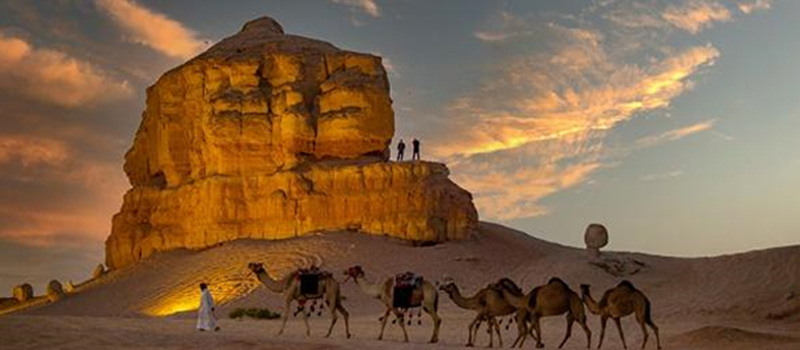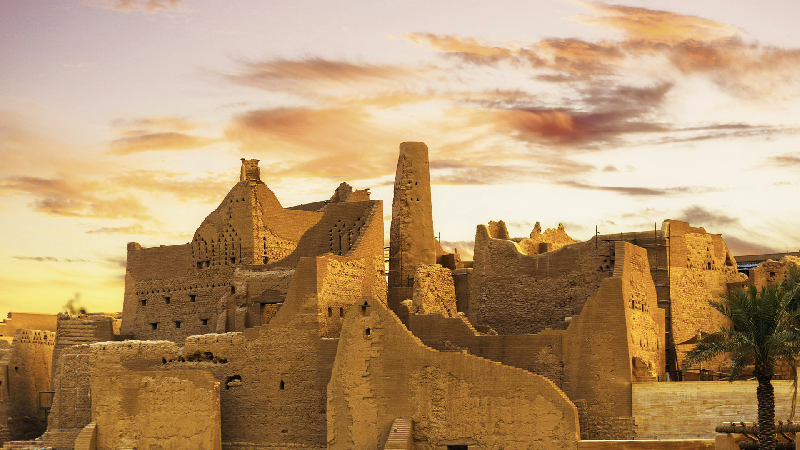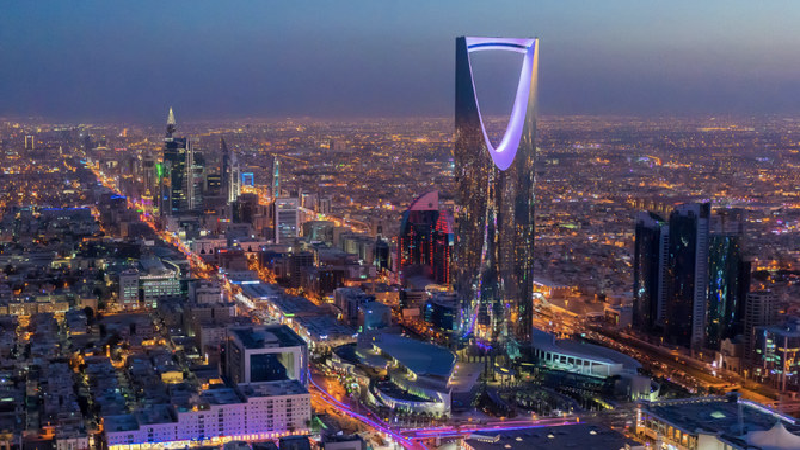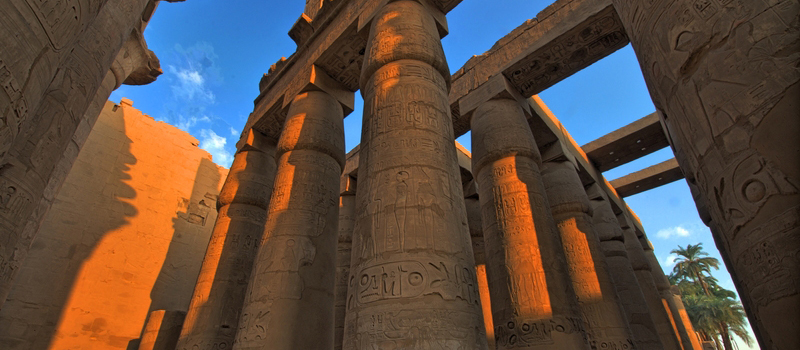Our love of animals connects us, wherever we are. Here are some ways to enjoy Saudi’s animals, whether domestic or wild.
The camel is the official animal of Saudi. Specifically, the dromedary camel, or the one-humped camel. It is used for transportation, carrying loads (providing they aren’t too heavy), and as a meat source. (You can find camel meat on the menu at a number of Saudi restaurants.) A camel’s wool can be woven into cloth, and its milk can be consumed—it is considered quite healthy. When the camel dies, its hide can be used for leather. Camels are found in ancient petroglyphs, showing their longstanding importance to Saudi culture. Today, there are camel pageants and races, such as those at the month-long King Abdulaziz Camel Festival, held outside of Riyadh. The typical camel, however, is more like a pet. You can expect to be offered a ride on a camel in Saudi—for those unaccustomed it is unnerving at first, but then quite enjoyable.
Horses are, of course, also a popular animal to see race in Saudi. Riyadh’s King Abdulaziz Racetrack is the largest horse racing venue in the country. Typically, you can see races there from October to March, but the Saudi Cup is held there in February, attracting the world’s highest rated racehorses. The Saudi Cup is the world’s richest horse race—the prize money for the 2023 Saudi Cup exceeds USD $20 million.
There are also dogs, cats, fish, rabbits, chickens, and sheep, much like elsewhere in the world. Falcons are popular and have long been used for hunting; today they are mainly owned as a hobby. A common domesticated animal, falcons are a favorite animal in the Middle East—it is estimated that half of the world’s falconers are found there. They are a symbol of pride among Arabs—in fact, falcons are often seen as status symbols. Caring for and training them forms a bond in Saudi culture. The annual King Abdulaziz Falconry Festival, held in December near Riyadh, hosts thousands of falconers and falcons. Falcon races and auctions are two of the main events at the festival.
Saudi wildlife is quite diverse. You can find gazelles, wolves (the Arabian and the grey wolf), sand cats, caracals (like a lynx), Arabian leopards, mongooses, striped hyenas, honey badgers, and more. There are also 60 lizard species, 34 snake species, nine turtle species, and seven amphibian species. Not to mention the birds! There are approximately 180 species of bird, of which 11 are endemic to Saudi. As for aquatic creatures, there is abundant marine life found in both the Red Sea and the Persian Gulf.
One place to see many different animals at once in Saudi is in its zoos. Riyadh Zoo is the largest, with more than 1,500 animals and birds. The top attractions there include zebras, hyenas, Bengal tigers, Arabian leopards, and more. The Al Kharj Park Zoo, also located in Riyadh, is one of the largest zoos in Saudi. In addition to the animals, it has entertainment centers, swimming pools, and even an amusement park. At the Dammam Zoo Park, also known as the Al-Homaid Zoo, you can see lions, tigers, hyenas, foxes, monkeys, porcupines, ostriches and crocodiles. Taif Zoo has animals such as lions, zebras, elephants and more, in addition to dolphin and sea lion shows.
Speaking of marine life, Saudi also has aquariums. Located in Jeddah, the Fakieh Aquarium is the first marine exhibition center of its kind in Saudi. It features more than 200 species, with around 85% native to Jeddah’s coral reefs. There are 800 Red Sea oddities that can’t be found anywhere else. Visitors can view sharks, penguins, sting rays, seahorses, jellyfish, and—soon to come—the unique Sea Dragon. Information is provided in English and Arabic. Some endangered marine life, including giant turtles, have been rescued following injury or illness, and are released once they have fully recovered.
To wrap it up, journey to Saudi offers plenty of opportunities to appreciate its animal life in many areas and in many different ways. It is all waiting for your discovery.
Website Search
Search Tours
Find my Vacation
Call Us +0 (123) 456 78 90
Wildlife in Saudi... diversity, beauty, and heritage.
Saudi
12-22-2022





.png)

 Multi Country
Multi Country  Italy
Italy  Spain
Spain  France
France  Greece
Greece  Portugal
Portugal  Croatia
Croatia  Malta
Malta 
 Saudi
Saudi  Egypt
Egypt  United Arab Emirates
United Arab Emirates  Israel
Israel  Jordan
Jordan  Oman
Oman  Eastern & Southern Africa
Eastern & Southern Africa  Argentina
Argentina  Bolivia
Bolivia  Brazil
Brazil  Chile
Chile  Colombia
Colombia  Costa Rica
Costa Rica  Ecuador & Galapagos Islands
Ecuador & Galapagos Islands  Panama
Panama  Peru
Peru  Guatemala
Guatemala 












